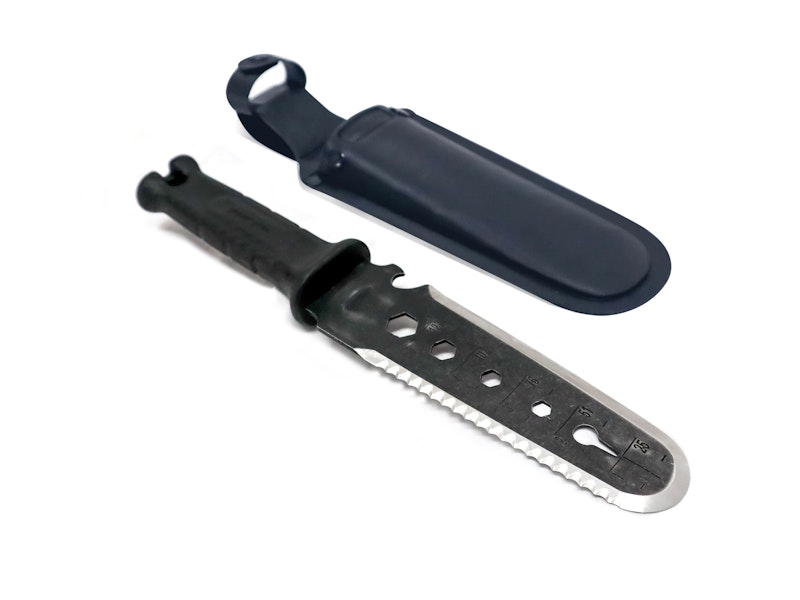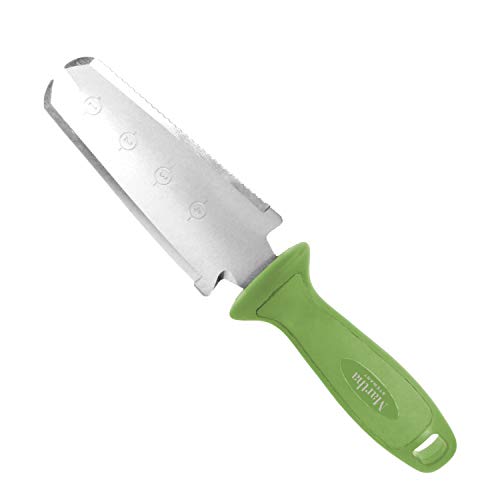September is an ideal month to divide perennials and reinvigorate older plants – here are 7 to split for better blooms
It is a great time to propagate more of your favorite perennials - and who doesn’t love free plants?

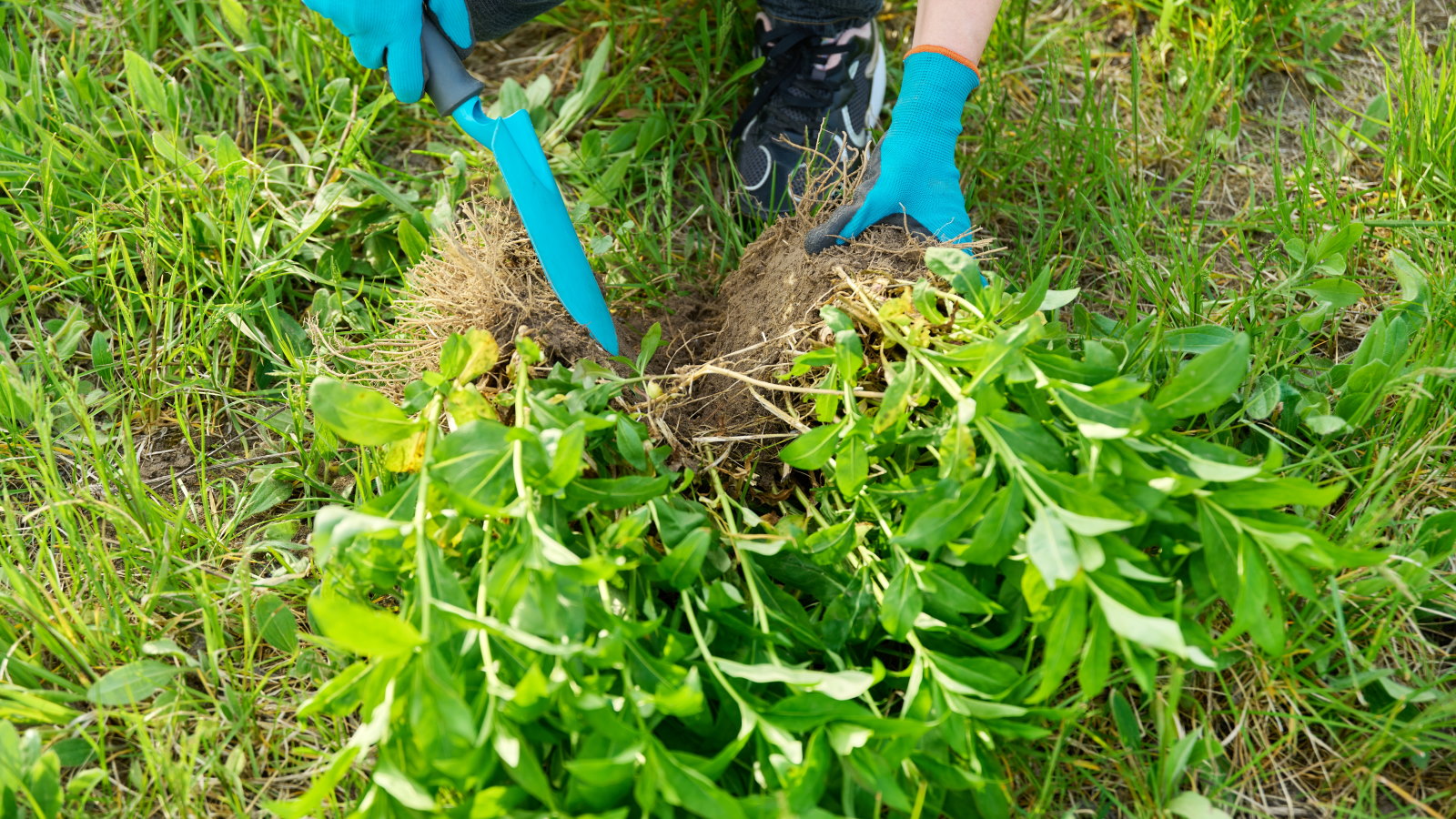
The seasonal shift into fall sees lots of perennials start to diminish after putting on a spectacular flowering display through the summer months. You can help boost the number and quality of blooms for the following years by dividing perennials.
Dividing plants this month is a fantastic way to rejuvenate some older clumps of perennials and give you new plants to add to your collection and transform a backyard space. September is an ideal month to divide plants as the temperatures are cooler and the soil is moist.
To give you a helping hand in putting together a fall gardening checklist, here are some popular backyard perennials that may benefit from being divided this month. It is a quick and simple gardening task that can transform your space and reward you with lots of blooms.
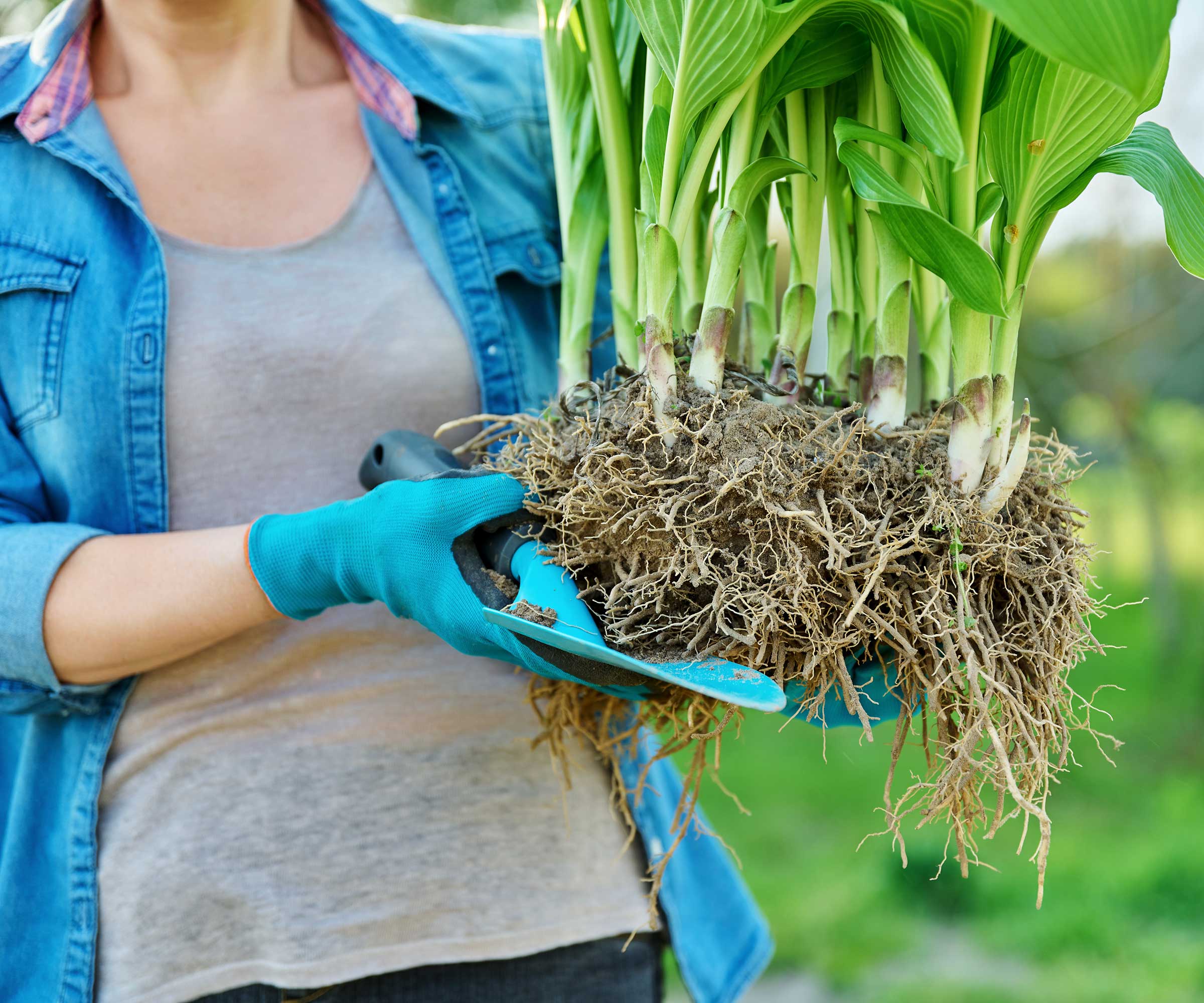
Picking plants to divide in September
Spring and summer-blooming perennials are ideal candidates to divide in September - but not all of them. Before heading out with the garden tools, do some research as there are some plants you should not divide and they won’t respond well to being split. If you live in a colder US hardiness zone, it may be best to wait until spring to split plants as divided perennials want around 4-6 weeks to establish strong roots before the first ground freeze.
1. Hostas
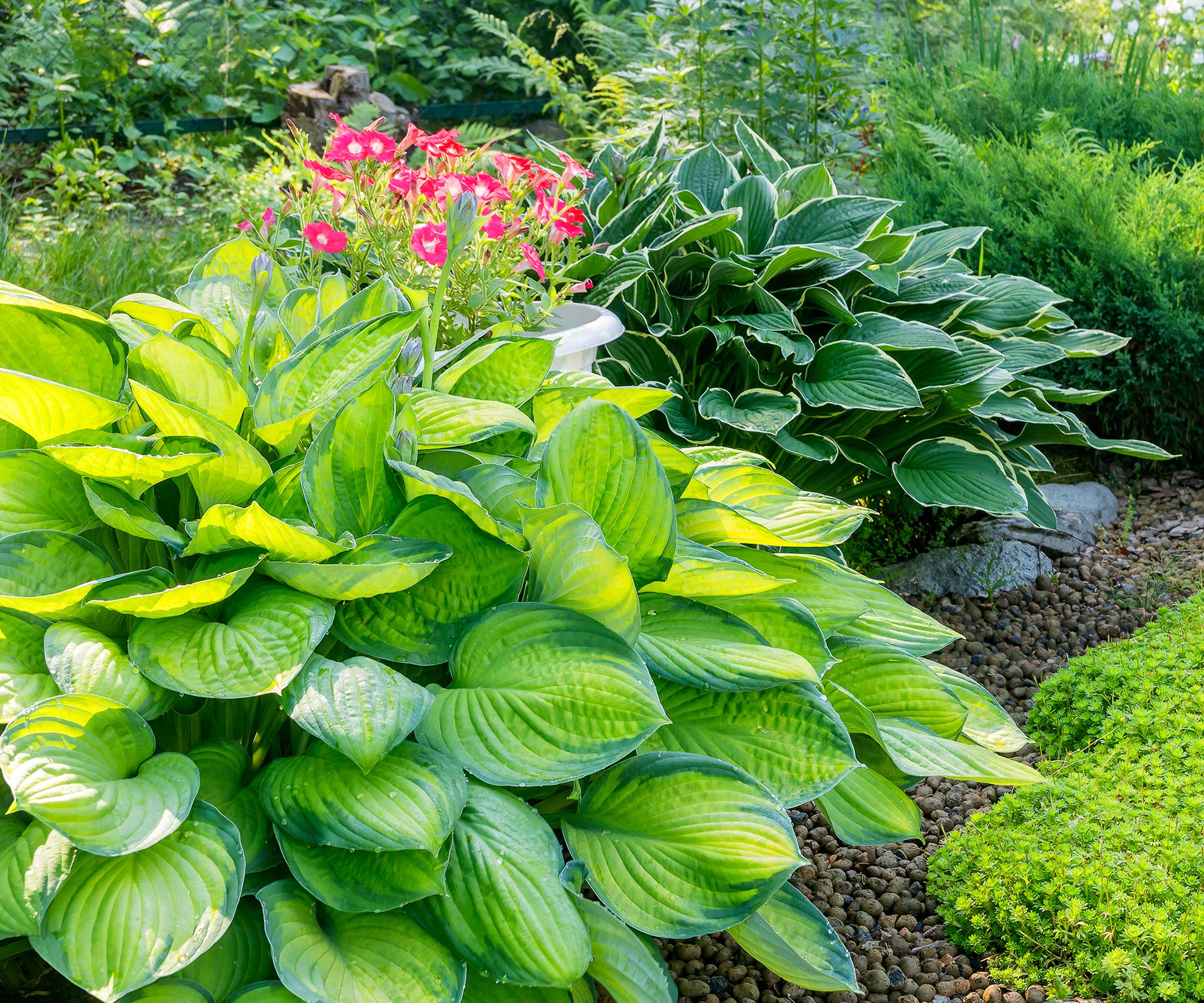
These popular ground-cover plants come in varying colors and sizes, offering ornamental foliage and summertime flowers. Ideal as shade plants, hostas are easy to grow and very versatile.
Their display may decrease as clumps get congested over time, so divide hostas every 4-5 years to reinvigorate plants. Once the hostas turn yellow and die back in early fall, they can be divided. Use a sharp spade to slice the clump into sections and plant the hosta pieces at the same depth they were originally.
2. Peonies

A popular myth about peonies is that they do not like being moved or divided. This is not the case, if you replant it properly a peony can happily bounce back from such tasks. September is the best time to transplant peonies and move plants around to spruce up your backyard ideas, and to divide clumps.
Design expertise in your inbox – from inspiring decorating ideas and beautiful celebrity homes to practical gardening advice and shopping round-ups.
It is important to take care when digging up the peony and cut it into sections that have at least three buds. Lift, divide, and plant the peony clumps quickly, planting the crown close to the surface. A divided peony will likely not bloom for the first year, as it acclimatizes to its new position.
3. Irises

There are hundreds of different species of iris to grow. As the clumps mature, they can get congested and splitting irises every few years can rejuvenate plants and give you more irises to plant around the yard. Bearded irises need dividing more often than other types and September is an ideal time to do it.
Iris clumps are very easy to divide. Dig up a clump carefully to not damage any rhizomes and gently pull the rhizomes apart with your hands. Trim the top of the leaves with a pair of clean and sharp pruning shears - to prevent wind rock after transplanting - and replant the iris with the top of the rhizome sitting at soil level.
4. Phlox
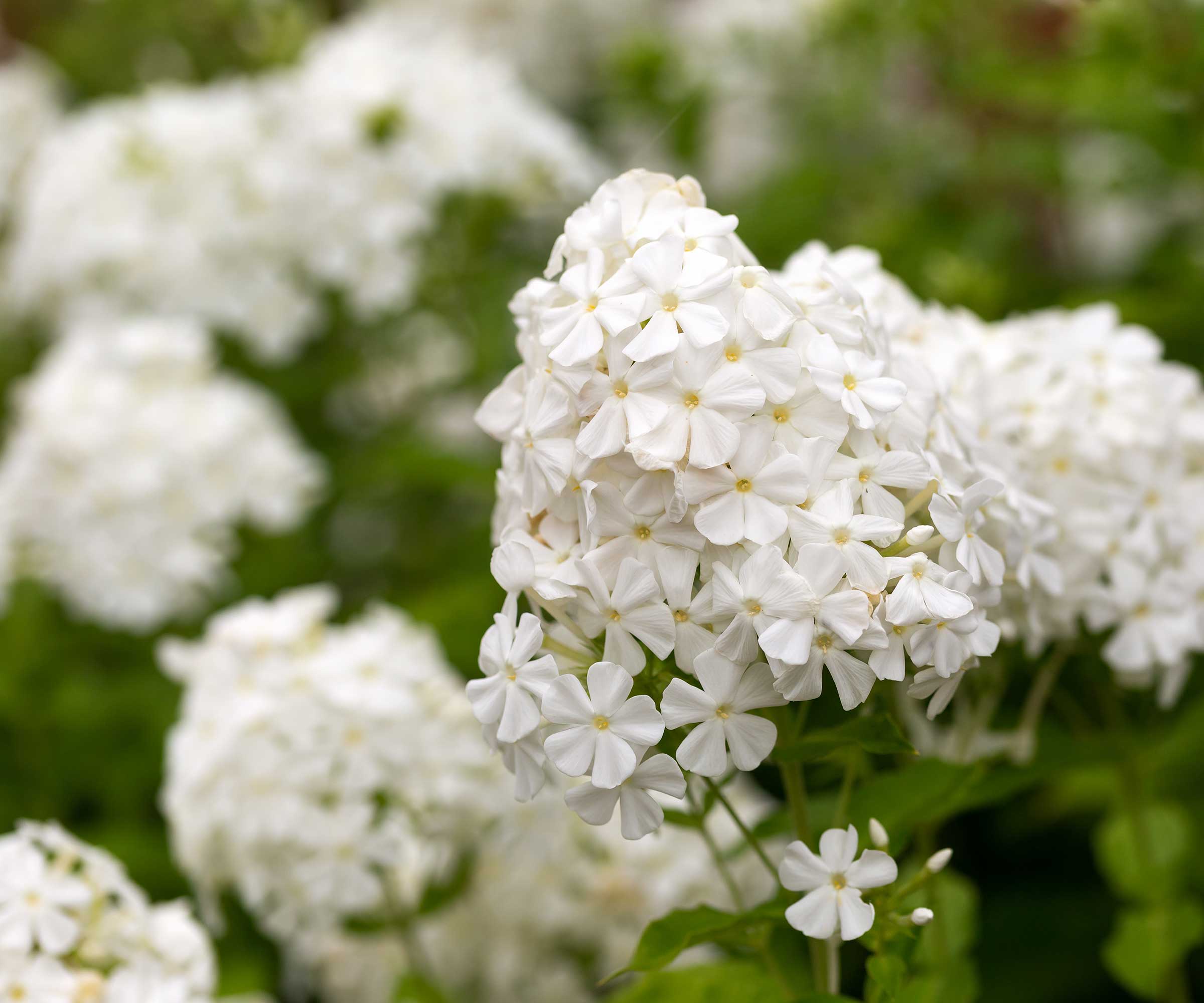
Phlox will benefit from being divided every 3-4 years, especially as clumps can grow outwards and leave a bare patch in the middle. Dividing phlox also boosts air circulation through the plants, to help reduce problems with fungal diseases, and can restore under-performing plants to their former glory.
Water the plants well 24 hours before dividing phlox to prevent the roots from drying out when lifted. Carefully dig up the plants and use a sharp knife to separate the phlox into sections, making sure each has some shoots and a good root system. Replant the sections and give the plants a good watering to settle them into their new home.
5. Hardy geraniums
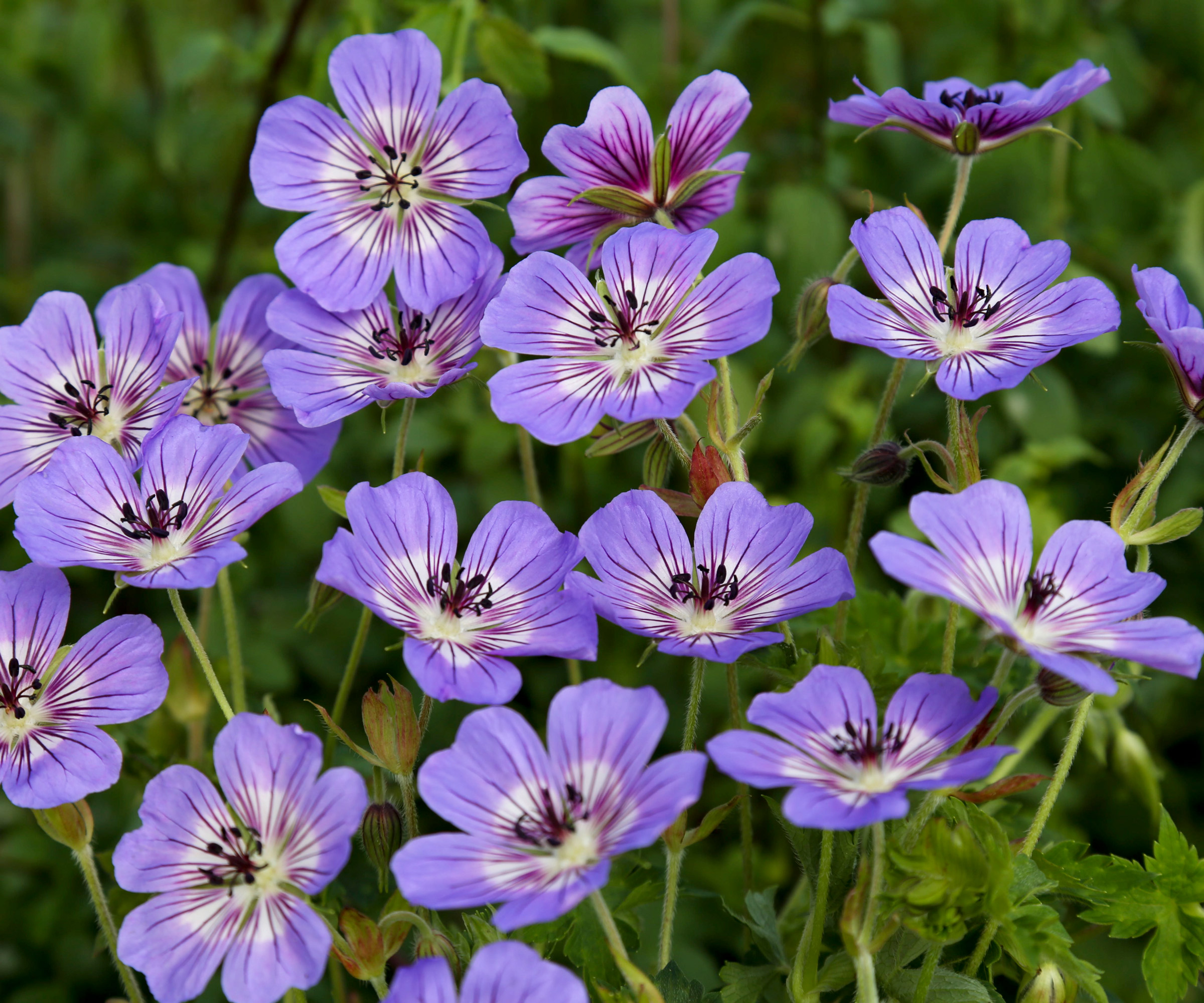
Hardy geraniums are reliable, adaptable, and versatile plants for any backyard. There is a huge range of sizes, colors, and textures among the thousands of hardy geranium varieties. The plants quickly develop into large clumps that can get overgrown and will benefit from rejuvenating by dividing every 3-5 years. This can be done in fall or spring.
To divide hardy geraniums in September, use a sharp spade to dig up the plant as it is dying back and shake off some excess soil. The entire clump can be split into half or quarters using a sharp spade or knife, or you can use a fork to break the clump into even smaller pieces. It may be fiddly to separate all the roots, but if any piece has a good set of roots and a couple of shoots it will be good to replant.
6. Primroses
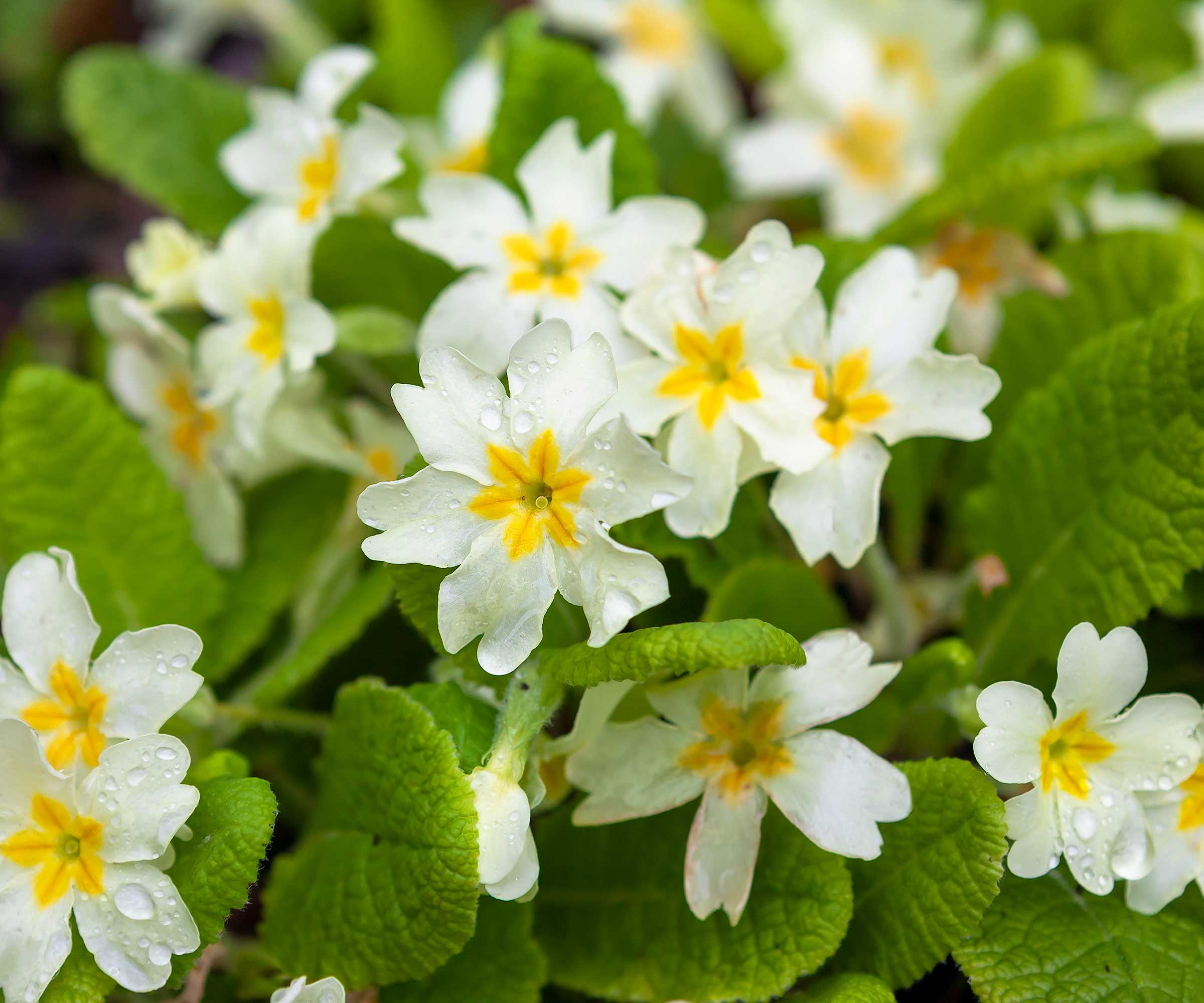
Primroses are great spring flowers for shade and plants do need dividing regularly to keep them performing at their best. They are plants with a spreading habit, so are ideal candidates for dividing and doing so is a simple task. This can be done in spring or early fall and the American Primrose Society claims that fall division can be advantageous as ‘new plants have cool weather in which to be established’.
Dig up the plants, remove the soil from the roots, and gently pull apart the clumps. Trim the roots to around three inches with a sharp knife and cut off any large, old leaves before replanting and watering the new primroses.
7. Bleeding Heart
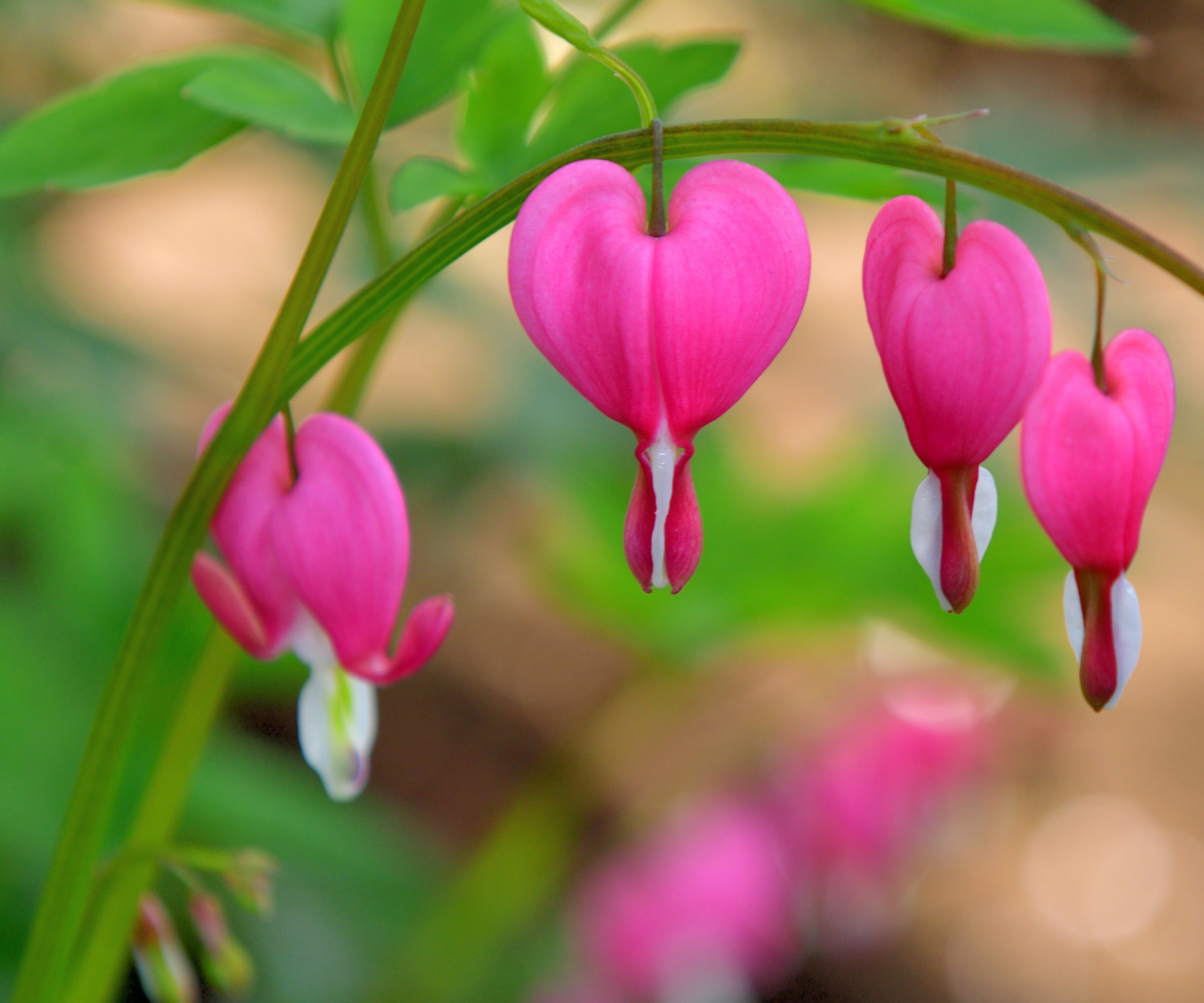
Bleeding heart is a unique plant, formerly known as Dicentra, which puts out delicate heart-shaped hanging flowers in spring. The plant can be divided in spring, when it is just starting to grow, or in fall after the foliage has died back and you cut back bleeding hearts. It is another perennial that benefits from division as the clumps get congested over the years - so plan to split it at least every five years to keep the plant performing.
Plants can be separated into up to five sections, depending on the size of the clump, and replanted either straight into the ground or into containers to overwinter. Use a sharp saw to get through the crown on older and larger clumps and make sure all sections have shoots.
Shop tools for dividing plants
FAQs
When to split delphiniums?
Delphiniums are another perennial that will benefit from being divided at least every five years to keep them flowering at their best. If you grow and care for delphinium plants, they are best propagated by division in spring.
When can you split lupines?
If you want to propagate lupines, this can be done from cuttings, seed, or division. Dividing lupins is a job to add to a spring gardening checklist, however, lupins are tricky to propagate by division. The plant has a delicate root system and a central tap root. Even if a section has a good amount of roots, it may suffer from transplant shock so needs close monitoring.
It is not only by dividing perennials that you can get lots of new plants for free this month. It is also an ideal time to take cuttings and there are many opportunities for plants to propagate in September, including flowering shrubs, perennials, and tender plants. Taking cuttings is a simple and enjoyable task and the reward is lots of new plants for free to add to your garden next spring.

Drew has worked as a writer since 2008 and was also a professional gardener for many years. As a trained horticulturist, he worked in prestigious historic gardens, including Hanbury Hall and the world-famous Hidcote Manor Garden. He also spent time as a specialist kitchen gardener at Soho Farmhouse and Netherby Hall, where he grew vegetables, fruit, herbs, and cut flowers for restaurants. Drew has written for numerous print and online publications and is an allotment holder and garden blogger. He is shortlisted for the Digital Gardening Writer of the Year at the 2025 Garden Media Guild Awards.
